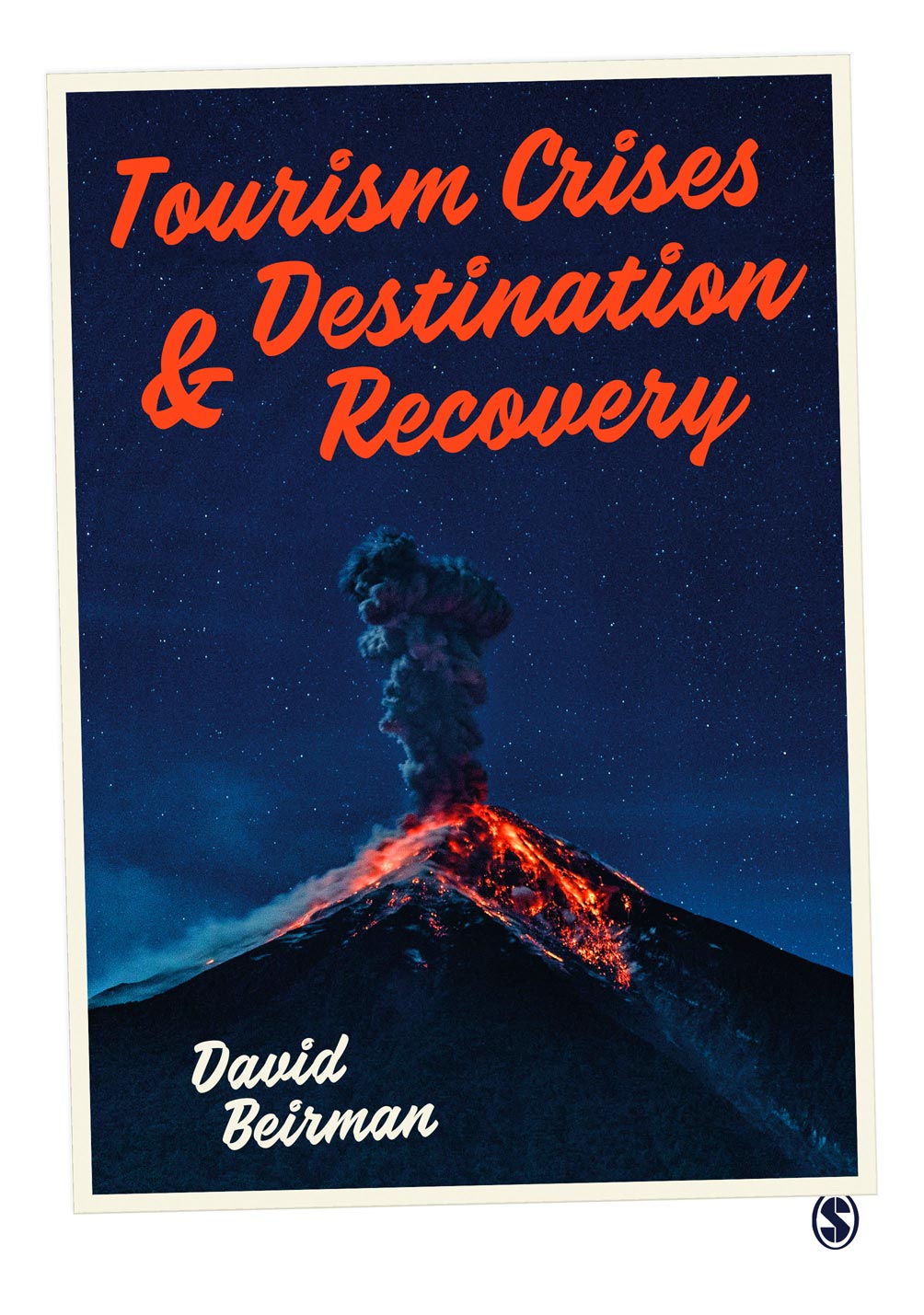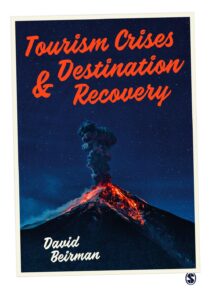Tourism’s Crisis Management. Lessons for all Businesses and How Crisis Management Found Me
No crisis in recent history has imposed the intensity and global scale of impact on all businesses as COVID-19. Risk management specialists refer to the COVID-19 pandemic as a “black swan” event. In essence, this is a transformational crisis. Global tourism has been at the sharp end of this crisis, but no sector of global business is unscathed. Notably, some sectors of the IT industry, such as conference and meeting software, have been greatly enriched. Every crisis has its winners.
Most crisis themes discussed in my book Tourism Crises and Destination Recovery, including natural disasters, pandemics (pre-COVID-19), terrorism, political instability, management and service failures, technological failure, crime, economic shocks and environmental crises, have either a reputational or a marketability impact on affected enterprises and destinations. The unique quality of the COVID-19 crisis is that it has been driven by government policies and regulations which restrict the ability of enterprises to respond to perceptual or reputational challenges.
When SAGE Publishing first approached me to write this book in late 2017, I had decided to approach the subject of tourism risk, crisis and recovery thematically. The last good thematic book in this genre was published in 2007 and an update was overdue. This is the one aspect of this book which has remained unchanged. However, COVID-19 impinges on most of the book’s chapters and, predictably, the chapter on coverage on the pandemic is the book’s longest.
My interest in the field of tourism risk, crisis and recovery was impressed upon me during my contract as director of the Israel Government Tourist Office (Oceania) between 1994-2006. Israel was a fascinating but challenging destination to promote largely due to ongoing media-driven perceptions of it being a dangerous destination for tourists. During the first nine months of 2000, Israel, the Palestinian Territories, Jordan and Egypt worked in concert and enjoyed a record year of tourism due to Christianity’s bimillennial. However, the outbreak of the Al Aqsa intifada in October 2000stopped tourism in its tracks, especially to Israel and the Palestinian territories, and dragged on until the end of 2003.
The challenge for me and my colleagues was to develop innovative strategies to restore the travel industry and consumer confidence in Israel as a destination. Soon after the intifada erupted, my instincts suggested this was a long-term crisis. The cornerstone of my strategy was to establish a regional tourism association enabling Israel to be promoted as an integral Eastern Mediterranean destination for Australians travelling to the region. This vision was shared by a number of tour operators and airlines. Thus, the Eastern Mediterranean Tourism Association, or EMTA, was born in October 2000. It was a “Trojan horse” for Israel to recover its tourism image and reputation during the intifada and, in the next dozen years, it also served as a “Trojan horse” for Greece during the 2009 global financial crisis, Turkey during outbreaks of terrorism, and Egypt and Jordan during the Arab Spring uprising of 2011. EMTA delivered for all those countries within the Australian market.
I became so fascinated with the challenge of navigating the shift from crisis to recovery that I studied how many other tourism destinations and businesses managed the recovery process from many crisis typologies.
This book is essentially the culmination of over 20 years of teaching, research, and engagement with governments and tourism industry professionals and businesses in over 20 countries, all of whom have sought solutions and strategies to a wide range of crisis events. Each theme is illustrated with case studies, many of which I’ve been directly involved. I have had the good fortune as a lecturer at the University of Technology to have taught three risk management subjects since 2014 which encompass tourism, events and many other fields of business. Whether a crisis impacts retailers, banks, manufacturers, miners, construction, traders or tourism, the management of recovery operates under a surprisingly similar set of rules. The biggest challenge to writing this book was that COVID-19 fundamentally forced a re-evaluation of the global crisis management rulebook and multiple re-writings of this book.
As the author, I can only hope that the many lessons I’ve learned from the paradigm shifts created by the crises which impacted on the tourism industry will be of relevance to business scholars and business professionals from across the discipline. My advice to writers in this field is to cast your research net as wide as possible—as the answers for recovery in your own business sector are likely to be found in another.






























































































